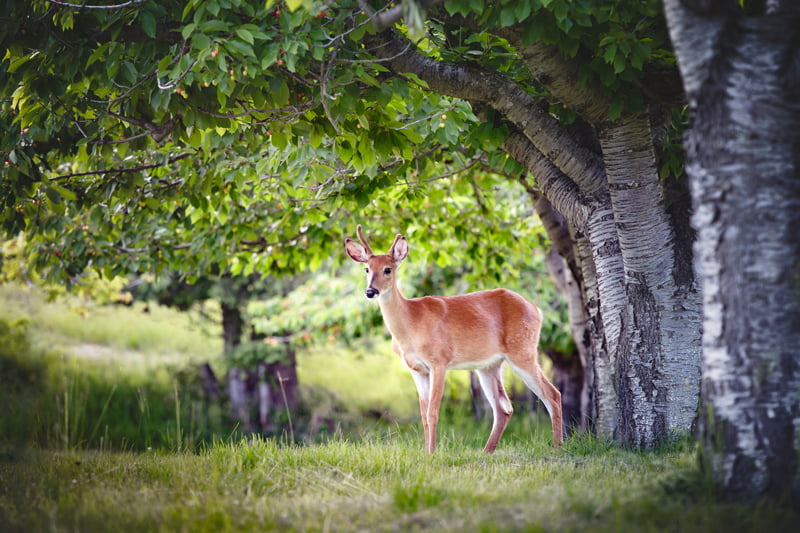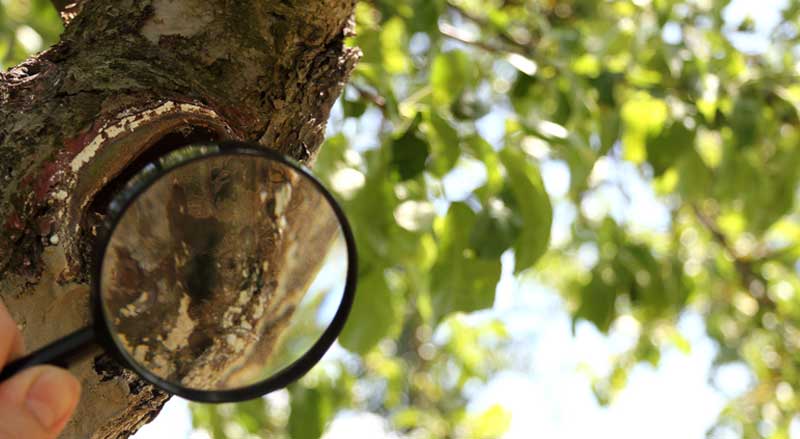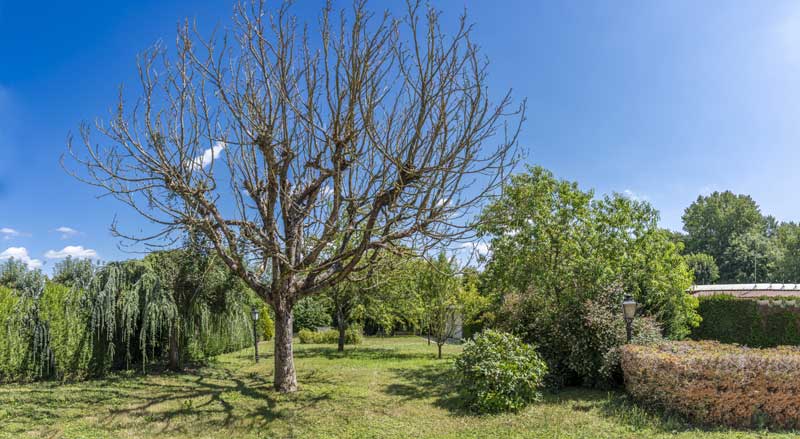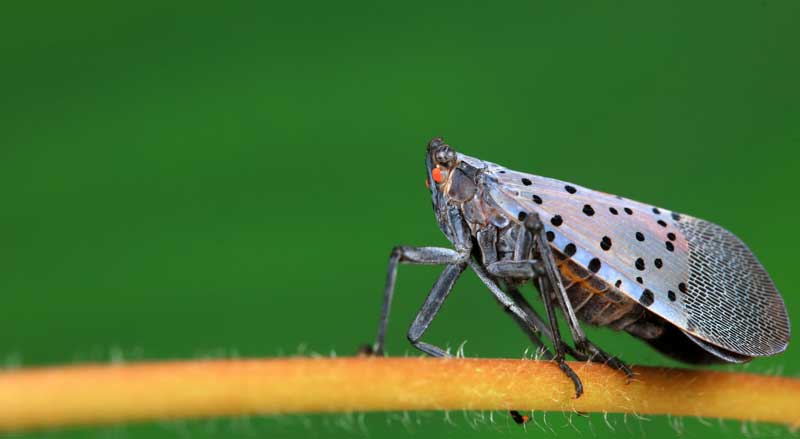Deer are like the goats of the forest- they’ll eat almost anything. As human populations expand further from urban centers, human-wildlife interactions become more and more common. So, how do you stop these hooved visitors from munching on, trampling, or scraping your trees and other plants? We’ve compiled a list of some of the most effective strategies on how to stop deer from damaging your trees and landscape.
Why Are Deer Ruining Your Trees?
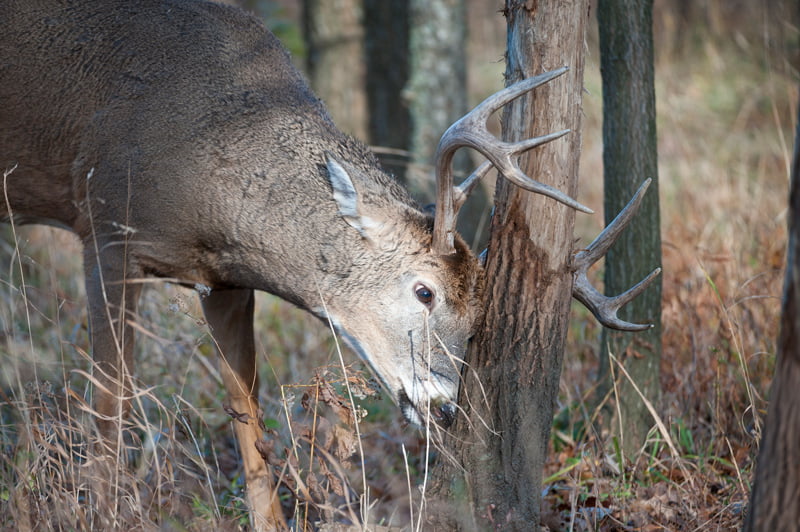 For the wildlife enthusiast, the sight of a deer rubbing his antlers up against a tree may be a delightful experience… until you find out how much damage the tree has sustained. Why exactly do bucks (and, in the case of reindeer, female deer as well) use trees as glorified scratching posts?
For the wildlife enthusiast, the sight of a deer rubbing his antlers up against a tree may be a delightful experience… until you find out how much damage the tree has sustained. Why exactly do bucks (and, in the case of reindeer, female deer as well) use trees as glorified scratching posts?
Basically, their purpose is twofold.
First of all, throughout the year, starting in the spring, deer form new antlers that come with a furry, velvety coat. By fall the antlers are fully grown, but the furry coat begins to itch. By winter the deer begin looking for ways to scratch that itch, and trees are a natural option for them.
Secondly, when deer scratch off their velvety fur, they are marking their territory.
Best Ways to Deter Deer from Your Property
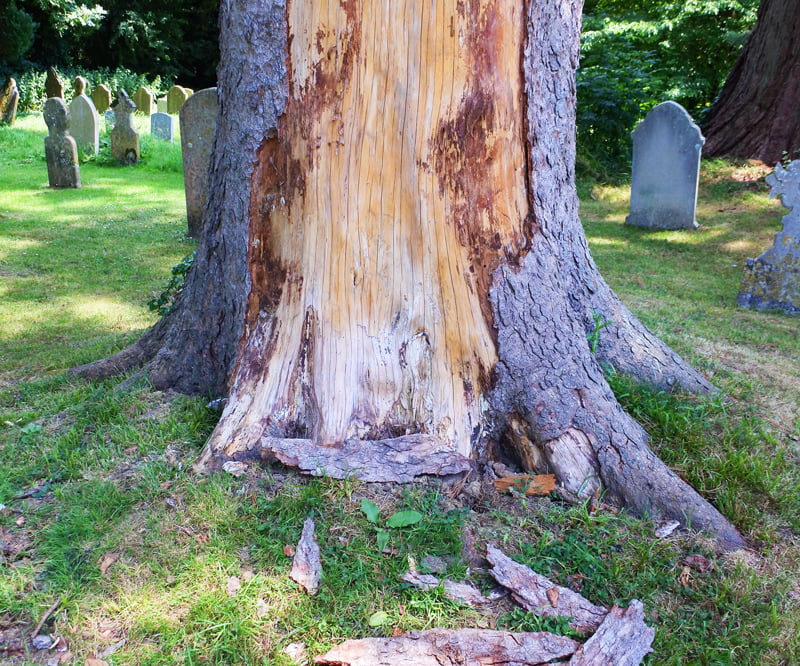 It’s interesting to learn about why deer are stripping the bark from your trees but how can you stop them? Here are the most effective ways that may work well for you:
It’s interesting to learn about why deer are stripping the bark from your trees but how can you stop them? Here are the most effective ways that may work well for you:
Scare them away.
This might be an effective option if you are only having infrequent, inconsistent visits from your furry neighbors. Lights, noise, or foul smells are often enough to discourage further exploration of your yard.
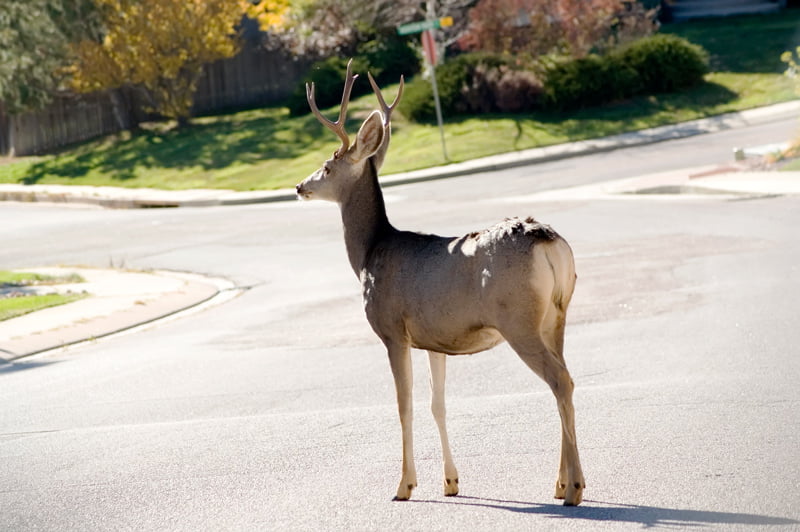
Use repellent.
This option may be better if deer come to your area on a regular basis. Usually repellent will deter deer for several months, although you will have to reintroduce it after some time. Lots of rain or snow will shorten the duration of its efficiency.

Set up physical barriers.
This is probably the best, and most permanent option, although perhaps the costliest as well. Many landowners have chosen to set up fences, netting, or some other physical impediments to the deer in order to protect their trees and gardens. If done right, this can be 100% effective.
How to Implement Deer Restrictions Throughout Your Landscape
Now that you know why deer are ruining your vegetation and the methods to deter them, here’s how to put those best practices into place throughout your landscape.
Fences
For this method to work, the fence needs to be tall and sturdy enough. For that reason, this may not be the most affordable option. If built well, however, a fence is extremely effective. As long as it extends all the way around your garden and is at least eight feet tall, your foliage should be safe. To help your fence withstand weather and hungry deer, install the base a few inches underground.
You can also try bird netting as a physical barrier. Draping it over small trees and shrubs can be enough to convince deer that their efforts are better spent somewhere else. When bucks scrape their antlers against tree bark, it can cause fatal damage to the tree. Wrapping chicken wire around your tree trunks can prevent damage, although it won’t keep deer off your property.
Visual Deterrents
As persistent as they are, deer are surprisingly quick to startle. There are plenty of DIY deer deterrents that you can place around your property to scare away any hopeful deer. Choose items that move unnaturally or are reflective and bright. Aluminum pie pans suspended in branches is a popular choice, as are bright Mylar streamers that will move with a gentle breeze. A classic scarecrow can even be modified with scents or noise-makers that have an additive effect in scaring away deer.
Sensor-Based Restrictions
With the wonders of electricity, we no longer need to use remedies like pantyhose stuffed with human hair (which tends not to work unless the deer are particularly skittish). Motion-activated sprinklers are designed to go off suddenly when a deer or elk triggers its motion sensor. An unexpected shower can scare deer away without much fuss.
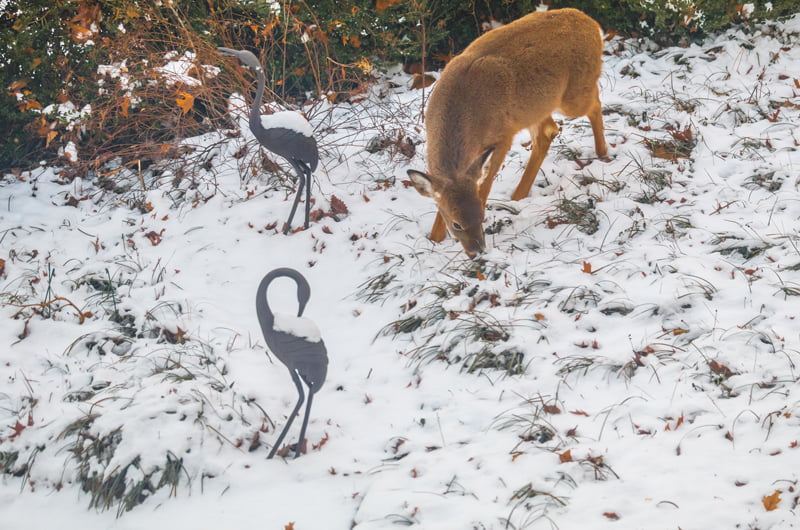
Ultrasonic noisemakers
function in much the same way; motion triggers the device to emit noise at an ultrasonic frequency. Humans can’t hear it, so you won’t have to worry about bothering your neighbors.
Scent Deterrents
Commercial repellents range from coyote urine pellets to hot sauce sprays. These products usually carry an odor or a flavor that deer find unpleasant or indicative of a threat.
You can also make your own deer repellent solutions, of which there are many. Some people find that simply hanging bars of Irish Spring soap around their property is enough to keep deer away. While there are an overwhelming number of products, tips, and DIY solutions out there, that may be a good thing. Deer are fairly adaptable, so using multiple methods at once and rotating through several approaches can keep your local deer from becoming habituated.

